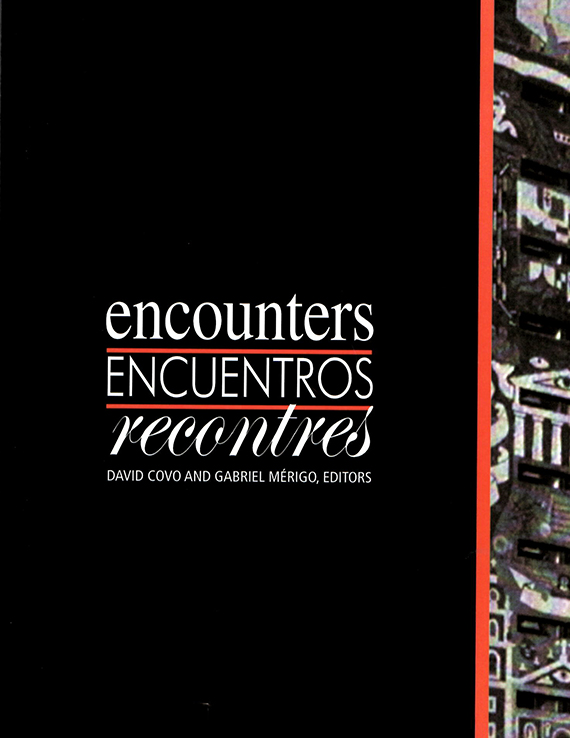Author(s): Gray Read
In the 1950s, cities throughout the US had adopted modern principles of functional separation, at the same time that the civil rights movement was challenging racial segregation. Miami serves as an extreme example of a modern city that was also segregated into several distinct communities: white, black, Jewish and Cuban. Each group engaged modernism in the context of their independent communities and in competition with one another. Their differing goals emerged in encounters in which they negotiated access to and use of public space in the city. These encounters, specifically political demonstrations in public space often chafed against the modern spatial structure of the city, proposing another model through use. In this paper, I consider the spatial structure of events rather than of architecture. I use theatre as a metaphor to describe events in public space as different kinds of performance that may or may not fit the architecture where they take place. In Miami, several of these events staged by several communities challenged the hegemonic power of modern functionalist design in a culturally contested city.
Volume Editors
David Covo & Gabriel Mérigo Basurto
ISBN
0-935502-57-2

 Study Architecture
Study Architecture  ProPEL
ProPEL 
